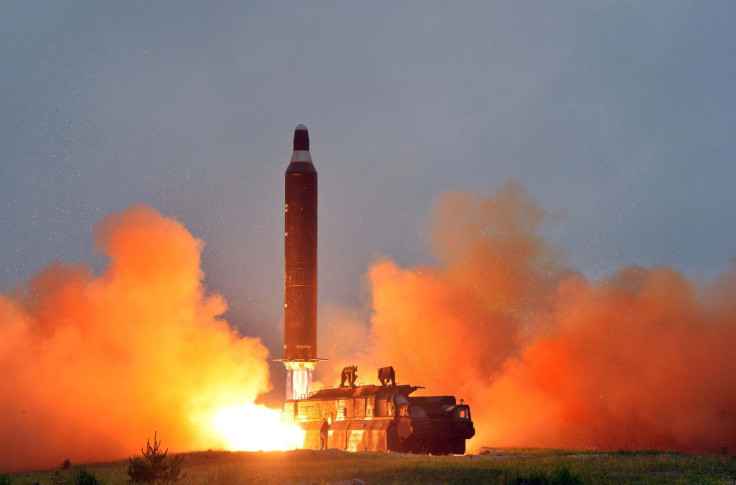North Korea Missiles Can Attack Japan By Next Year, Testing Ahead Of Schedule

North Korea and its intermediate ballistic missile program is still on track to reach operational level by next year and should keep up its testing schedule, a United States-based expert told Reuters Monday.
The North Koreans, led by dictator Kim Jong Un, fired off yet another test missile Saturday. While that test failed, it was just the latest in an increasing number of tests by North Korea and has sparked widespread condemnation from the United Nation’s Security Council, the strongest arm of the international body, CNN reported.
The U.S. Strategic Command, which detected Saturday’s launch, said the failed missile was fired near the city of Kusong, located to the northwest. Both the U.S. and South Korea said the failure occurred immediately at launch but neither could give a reason why, according to Reuters.
"Moving to a roadside near Kusong is like taking the training wheels off the bicycle, seeing if you really have mastered something new," aerospace engineer and rocket propulsion expert John Schilling wrote on the 38 North website, Reuters reported. "They are continuing with an aggressive test schedule that involves, at least, this time, demonstrating new operational capabilities. That increases the probability of individual tests failing, but it means they will learn more with each test."
Schilling also wrote that the increased testing could mean the missiles will be operational "sometime next year," and well ahead of the expected schedule.
It was the 12th test of North Korea’s BM-25 Musudan missile and follows Sept. 9’s nuclear test, all of which violate U.N. resolutions that have banned such testing. The U.N. is still reportedly working on a new resolution following the nuclear test last month, CBS News pointed out Tuesday. The increased number of tests contribute to the "development of nuclear weapons delivery systems and increase tension,” the U.N. has said.
The Musudan, also owned by Iran and originally a Soviet Union design, is believed to have a minimal range of 2,500 kilometers (1,500 miles) and a maximum range of 4,000 km (2,400 miles), making it capable of reaching as far as Guam or Japan, according to CSIS Missile Defense Project.
© Copyright IBTimes 2024. All rights reserved.





















